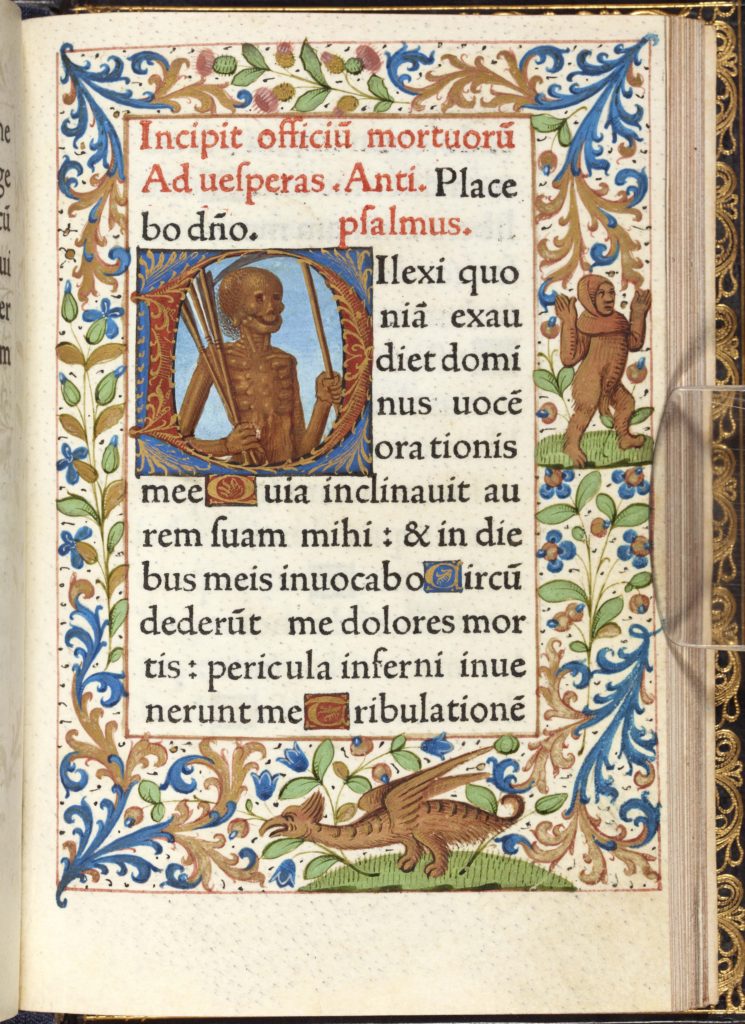
Monsters are ‘other’. Although they may be born of human parents or have some recognisably human attributes there is always something that makes them different or foreign. They may be foreign in the sense of coming from overseas, or distant and remote lands but also in the sense of being unfamiliar, curious, weird and marvellous. The monstrous is a category that has a strong hold on the contemporary imagination. Films such as X-Men (2000) play on the idea of mutants as frightening others at risk of being forced to reveal publicly their capacities if a proposed ‘Mutant Registration Act’ becomes US law. The X-Men are humans who have become monstrous through their mutations. The film opens with a flashback of a young Eric Lehnsherr (later known as Magneto) using his ability to create magnetic fields to bend metal gates as he and his parents are forced into Auschwitz. The mutant ‘monstrosity’ of Lehnsherr as he tries to save the lives of his family is compared with the capacity of humans to commit monstrous atrocities: the attempted extermination of the Jews in World War 2, and the proposed expulsion of mutant children from schools in the film’s present. The audience is guided to a consideration of the meaning of monstrosity connecting it with human actions, religious intolerance, and fear of the unknown rather than strange or frightening physical forms or powers.
These facets of the monstrous are present in early modern understandings and usages. Monsters were frightening or objects of curiosity because they were unnatural. Some were viewed as portents of evil. Others were collected and displayed in various ways as objects of curiosity and inquiry. In the sixteenth century the Gonsalus family were fascinating – monstrous and marvellous – because of their hypertrichosis. Their excessive hair meant that members of the family could be seen as both human and animal. The difficulty categorising members of the family was also experienced when dealing with other monsters and it was this labile quality that could induce fear since the monster had no accepted place.
Monsters were foreign not only because of their unusual and/or unnatural appearance but also because they came from far-flung lands. Travellers’ tales of the Middle Ages and early modern period frequently contained descriptions of the marvels that they had encountered. The question of the monstrous foreign was directly related to that of salvation. In chapter 8 of book 16 of the Civitas Dei Saint Augustine (d. 430) had asked ‘Whether monstrous races of man are derived from the stock of Adam or Noah’s sons?’ Augustine argued that the Antipodes could not be inhabited by humans since it would have been impossible for the descendants of Adam and Eve to have travelled to the other side of the world. So-called monsters nearer at hand, despite their strange appearance, could be considered as part of the human race and thus capable of salvation. In 1537, faced with the ‘newly discovered’ peoples of the Americas, Pope Paul III proclaimed that they were in fact human beings just like Europeans, but his efforts did not stop those who appeared different being treated as sub- or non-human, monstrous because of their beliefs or way of life.
Differences in appearance, religion, race, social behaviour all served to identify the monstrous, which was defined in opposition to the non-monstrous. Monsters were disquieting, then as now, as their very strangeness was a comment on the moving divide between normal and abnormal.
Cordelia Warr, University of Manchester
Further Reading:
Lorraine Daston and Katherine Park, Wonders and the Order of Nature (New York: Zone Books, 2001).
Valerie I.J. Flint, ‘Monsters and the Antipodes in the Early Middle Ages and Enlightenment,’ Viator 15 (1984), 65-80.
Asa Simon Mittman with Peter J. Dendle, eds., The Ashgate Research Companion to Monsters and the Monstrous (Farnham: Ashgate, 2012).
Rudolf Wittkower, Rudolf, ‘Marvels of the East: A Study in the History of Monsters’, Journal of the Warburg and Courtauld Institutes 5 (1942), 159-197.